Maybe, as wine lovers, we have wondered if we are storing the bottles properly so that the wine keeps all its flavour. In order to know how to keep wine at home correctly without spending money on a wine cellar, in this article we will see how to store wine at home. what are the best tricks to do so and to maintain the quality of the wine in our home?.
8 recommendations so that every time we open a bottle we can enjoy our wine in the best possible way.
1. Keeping wine bottles at the right temperature
The temperature of the environment in which we keep our bottles is one of the main factors that we must take care of to prevent our wines from spoiling. Ideally, the wine should be kept at a constant temperature of between 12º and 16º. We must also pay special attention to avoid thermal oscillations, that is to say, that the temperature of the bottle does not vary much, so it would be appropriate to avoid storing it in places where the temperature changes. For this reason, it is not advisable to store wine in the kitchen, where the temperature can rise sharply by several degrees during cooking. It would be better to store them in a cellar, a cellar or a storage room where there are no heating or air conditioning systems.
2. Control the ambient humidity
As important as it is to control the temperature of the place where we keep our bottles of wine, it is also important to monitor the relative humidity of the environment. The place we choose must be cool and the relative humidity must be between 70 and 80% so that the cork does not dry out or get damp.
If the cork dries out, the stopper will tend to shrink, which could allow air to enter the bottle and encourage premature oxidation of the wine. In the opposite case, If the cork is too damp, the conditions for the appearance of moulds and fungi that can spoil the wine will be created. To avoid this, there is nothing better than using a thermometer and a hygrometer next to the bottles, so that we will have under control that the wine does not experience great changes in the humidity or temperature of the environment.
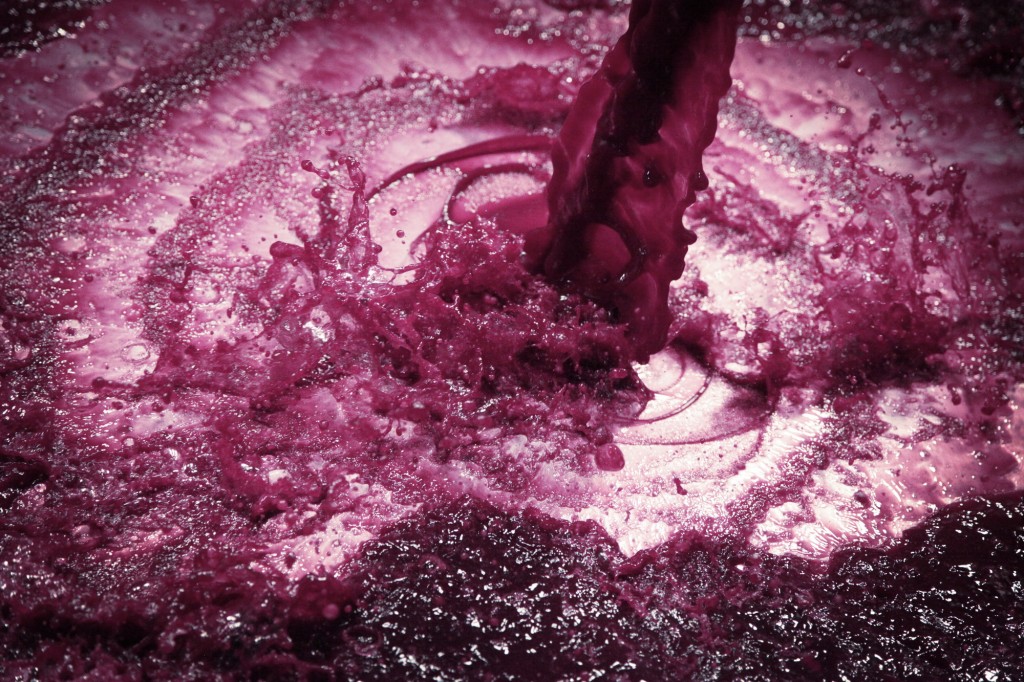
3. Avoid exposing wine to direct light.
Another factor that can accelerate the degradation of wine is its direct exposure to light, both natural and artificial light. It is very important that the place where the bottles are stored is dark, since the incidence of light on the bottles can favour chemical reactions such as oxidation of the wine, This can lead to a consequent loss of quality. Light can also negatively affect wine through the photodegradation of the riboflavin present in it, known as "light sickness".
It is for these reasons, among others, that it continues to be maintained in the market. the colour green in most wine bottles The green colour is capable of neutralising between 30% and 60% of the light radiation. If the place we have chosen to store our wine has a lot of light, it is better to store the bottles in closed furniture or boxes.
4. Isolation of strong odours
In order to prevent the taste and aromas of our wines from being altered by external agents we must preserve them from contact with sources of strong odours. Keeping our wine bottles in a well-ventilated place will help us to fulfil this purpose and will also allow us to regulate the humidity of the environment and avoid the appearance of fungus.
5. Position
The position in which we store our bottles of wine is also very important when it comes to preserving their organoleptic characteristics. In this respect, we should pay attention to this aspect, we should always try to place our bottles in a horizontal position. In this way we will allow the wine and the cork to be in permanent contact. This will prevent the cork from drying out, which would cause it to lose its elasticity and the seal of the bottle would no longer be airtight. We will also try to prevent the bottles from shaking or sudden movements, to allow the wine to rest properly and evolve in the most natural way possible.
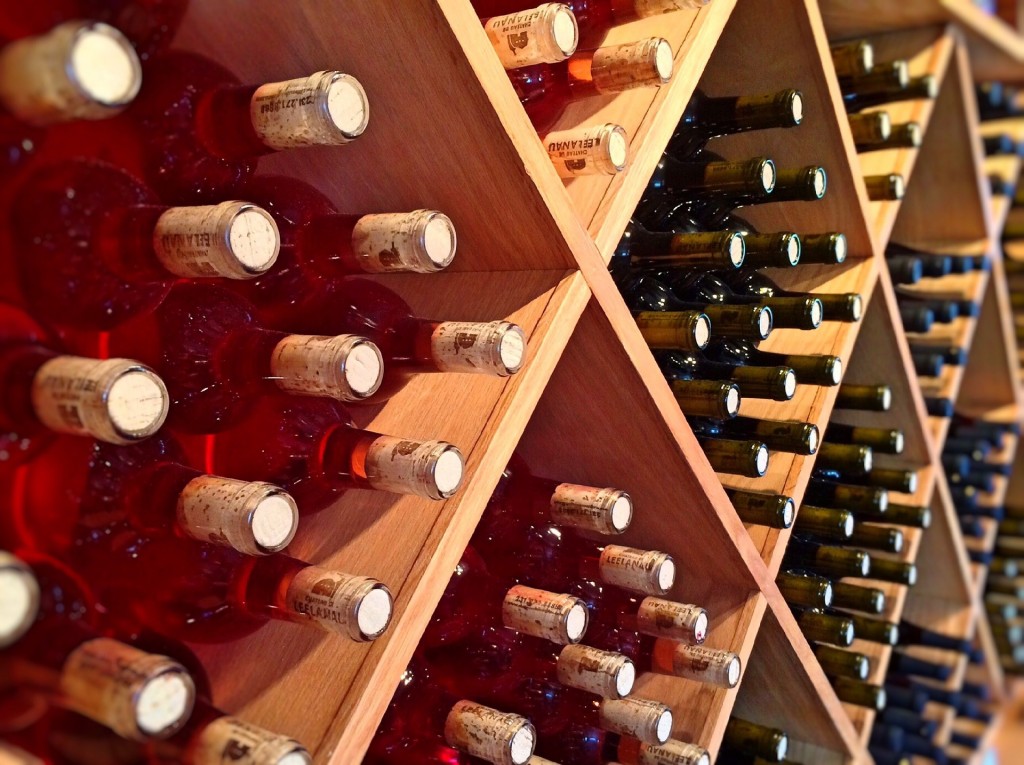
6. Sparkling wines are best served upright
As an exception to the previous point, we can consider the vertical placement of sparkling wines (cavas, champagne, etc.). In this case, the presence of carbon dioxide gas, which tends to rise, allows the stopper to maintain the ideal level of humidity. Moreover, the vertical arrangement of the bottle itself also favours the conservation of the carbon dioxide in these beverages.
7. Attention to storage times
Not all wines improve with time It is therefore essential to distinguish which wines are good to keep for a longer period of time and which are better to drink soon. To differentiate between them we must take into account factors such as the age of the wine, the vintage, the place of origin, the type of grape used to make it, the time and type of crianza and, above all, the place where the bottles have been stored (it is always advisable to buy them at the winery itself, where conservation will always be optimal).
That said, and as a general rule, wines should be drunk in the year in which they are harvested. young people should be drunk in the year in which they are harvested, those crianza for the following 5 years and the reserva and gran reserva can be kept for approximately 10 to 15 years. It is not advisable to exceed these times since it is very difficult to preserve the wine as well as they do in the cellars. However, we must bear in mind that these consumption dates are not the same for all wines. are estimates, as the individual conditions of each bottle and type of wine in question would have to be assessed..
8. And when we open the wine?
Once we have opened a bottle of wine, if we are not going to finish it all at once, it is better to keep the wine in the refrigerator. Beforehand, we should minimise the contact between the wine and the air contained in the bottle to avoid oxidation. To achieve this, we can change the wine to a smaller bottle and close it tightly by tightening the cork firmly. We can also opt for the use of a vacuum pump to extract the air from the inside of the bottle.
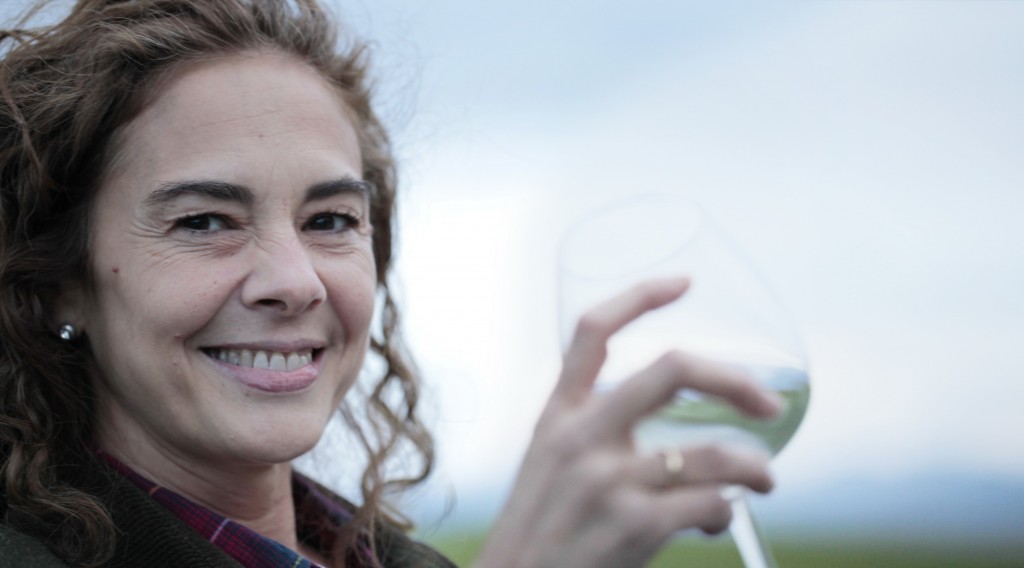
By following these 8 tips, our wine collection will be properly preserved. This way we will be able to enjoy the pleasure of a glass of wine on big (or small) occasions, whenever they arise.







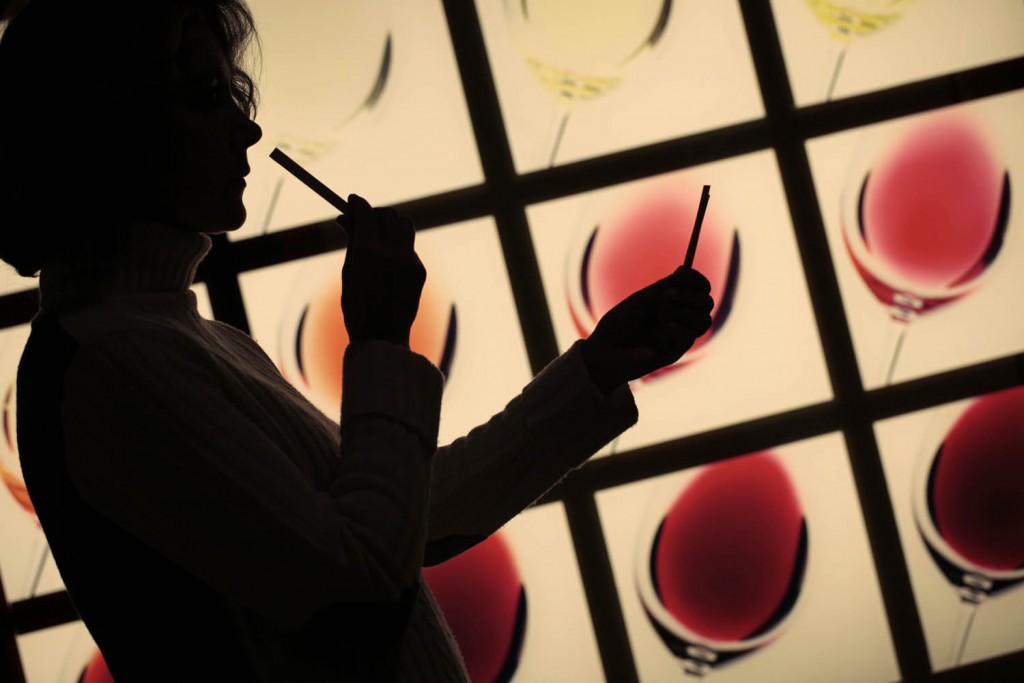
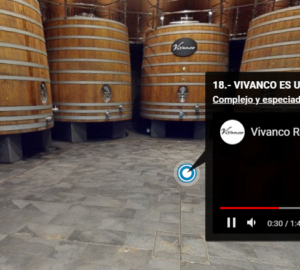
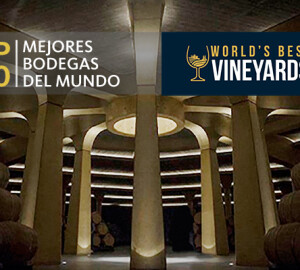
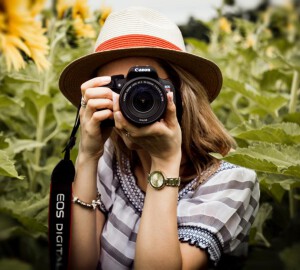







Thank you very much, you have been very helpful commenting on wine conservation.
I would be interested in receiving more at this address.
Regards
VERY DIDACTIC THANK YOU
I have the wine stored in a wooden boot, it is totally dark and has no ventilation, it can be damaged.
Thank you
Hello Fran,
In principle, the boot you mention seems to be a good place, as the wines rest in a place with little light and no temperature fluctuations. Just pay attention to the constant temperature of your boot (between 12 and 16 degrees is optimal), avoid humid environments, as well as the horizontal position of the bottles. Occasionally ventilate the boot to ensure that it is free of odours and humidity.
Best regards!
Very good article my friend, very interesting!